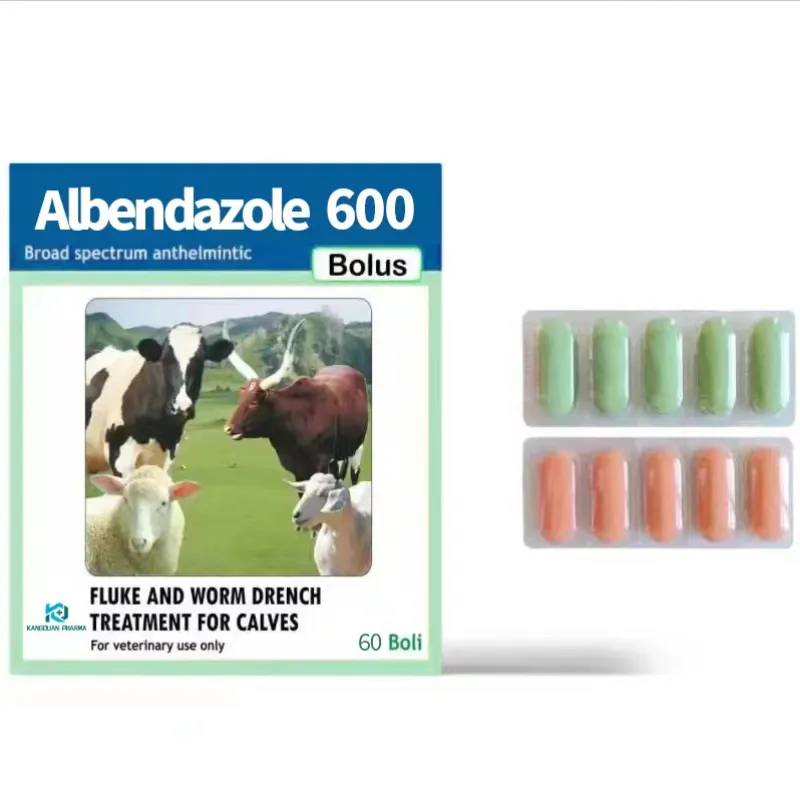- Afrikaans
- Albanian
- Amharic
- Arabic
- Armenian
- Azerbaijani
- Basque
- Belarusian
- Bengali
- Bosnian
- Bulgarian
- Catalan
- Cebuano
- Corsican
- Croatian
- Czech
- Danish
- Dutch
- English
- Esperanto
- Estonian
- Finnish
- French
- Frisian
- Galician
- Georgian
- German
- Greek
- Gujarati
- Haitian Creole
- hausa
- hawaiian
- Hebrew
- Hindi
- Miao
- Hungarian
- Icelandic
- igbo
- Indonesian
- irish
- Italian
- Japanese
- Javanese
- Kannada
- kazakh
- Khmer
- Rwandese
- Korean
- Kurdish
- Kyrgyz
- Lao
- Latin
- Latvian
- Lithuanian
- Luxembourgish
- Macedonian
- Malgashi
- Malay
- Malayalam
- Maltese
- Maori
- Marathi
- Mongolian
- Myanmar
- Nepali
- Norwegian
- Norwegian
- Occitan
- Pashto
- Persian
- Polish
- Portuguese
- Punjabi
- Romanian
- Russian
- Samoan
- Scottish Gaelic
- Serbian
- Sesotho
- Shona
- Sindhi
- Sinhala
- Slovak
- Slovenian
- Somali
- Spanish
- Sundanese
- Swahili
- Swedish
- Tagalog
- Tajik
- Tamil
- Tatar
- Telugu
- Thai
- Turkish
- Turkmen
- Ukrainian
- Urdu
- Uighur
- Uzbek
- Vietnamese
- Welsh
- Bantu
- Yiddish
- Yoruba
- Zulu
7 月 . 25, 2024 11:33 Back to list
Guidelines for Injectable Ivermectin Dosage in Cattle and Its Effective Use in Veterinary Practice
Ivermectin Injectable Dosage for Cattle A Comprehensive Guide
Ivermectin is a widely used antiparasitic medication that has become a cornerstone in the management of various internal and external parasites in cattle. This drug belongs to the avermectin class of drugs, which work by interfering with the nerve and muscle functions of parasites, ultimately leading to their death. The effective use of ivermectin in cattle not only enhances their health but also promotes better livestock production. Here, we will explore the appropriate dosages, methods of administration, and key considerations for using ivermectin in cattle.
Understanding Ivermectin and Its Benefits
Ivermectin is effective against a wide range of parasites, including roundworms, lungworms, lice, mites, and certain external parasites such as horn flies and ear ticks. Its use has resulted in significant improvements in the health and productivity of cattle, leading to increased weight gain, better feed efficiency, and overall herd wellness. This makes ivermectin a crucial element in livestock management and veterinary practices.
Dosage Guidelines
The injectable form of ivermectin is typically administered subcutaneously (under the skin) or intramuscularly (into the muscle). The recommended dosage for cattle is generally 200 micrograms per kilogram of body weight (mcg/kg). This means that an average 500 kg cow would require an injection of 100 mg of ivermectin. It is important to weigh the cattle accurately to ensure proper dosing, as underdosing can lead to ineffective treatment, while overdosing can cause toxicity.
The specific product label should always be consulted, as different brands and formulations may have varying concentrations of ivermectin. Following the manufacturer's recommendations is crucial to ensure efficacy and safety.
Administration Techniques
ivermectin injectable dosage for cattle

When administering ivermectin, it is essential to use clean and sterile techniques to prevent infection and ensure the safety of the animal. The injection site should be free from dirt and debris, and the needle should be of appropriate gauge to minimize tissue damage. Intramuscular injections are usually given in the neck muscle or the thigh, while subcutaneous injections are typically administered in the loose skin behind the ear or along the neck.
To minimize stress for the animal, it's advisable to handle cattle calmly during the administration process. It may also be beneficial to have a second person assist in restraining the animal while the injection is given.
Precautions and Considerations
While ivermectin is generally safe for use in cattle, there are some precautions to keep in mind. First, certain cattle may have sensitivities or allergies to ivermectin. Therefore, it is advisable to observe animals closely after administration for any adverse reactions. Additionally, ivermectin should not be used in cattle intended for human consumption within a specific withdrawal period post-treatment. The withdrawal period may vary depending on local regulations and the specific formulation used, so it is critical to consult product labeling or a veterinarian.
Furthermore, it's important to consider the potential for resistance development in parasites due to excessive or inappropriate use of antiparasitic drugs. To combat this, rotating the use of different classes of anthelmintics and adopting integrated parasite management strategies can be beneficial.
Conclusion
Ivermectin injectable dosage for cattle is a vital aspect of modern veterinary practice. Its effective use can lead to healthier animals, improved productivity, and overall better herd management. By adhering to dosage guidelines, proper administration techniques, and remaining vigilant about potential risks, cattle producers can harness the benefits of this powerful medication in their livestock management practices. Always consult with a veterinarian for personalized advice and strategies to ensure the health and well-being of your cattle.
-
The Power of Radix Isatidis Extract for Your Health and Wellness
NewsOct.29,2024
-
Neomycin Sulfate Soluble Powder: A Versatile Solution for Pet Health
NewsOct.29,2024
-
Lincomycin Hydrochloride Soluble Powder – The Essential Solution
NewsOct.29,2024
-
Garamycin Gentamicin Sulfate for Effective Infection Control
NewsOct.29,2024
-
Doxycycline Hyclate Soluble Powder: Your Antibiotic Needs
NewsOct.29,2024
-
Tilmicosin Premix: The Ultimate Solution for Poultry Health
NewsOct.29,2024













